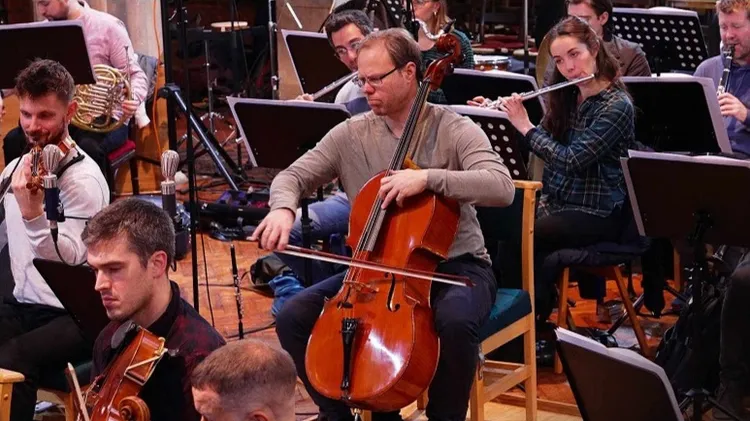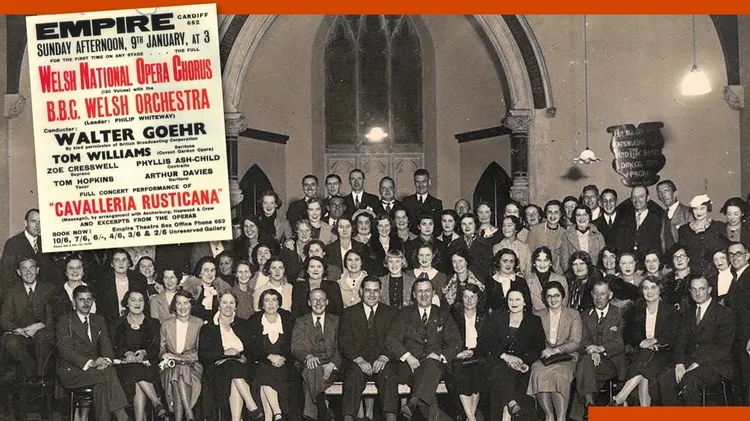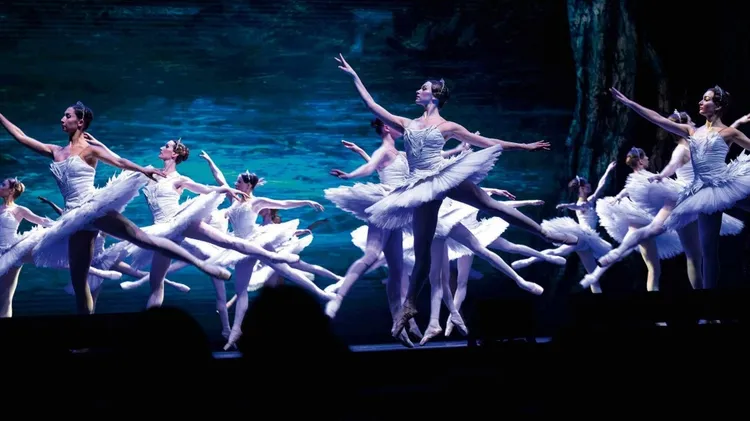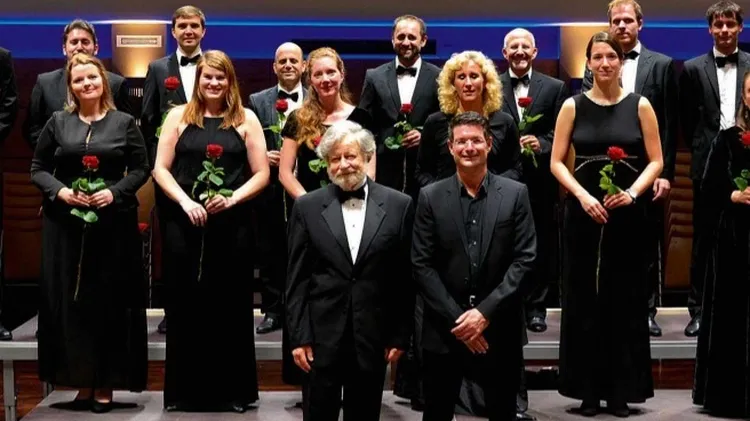From the aftermath of the Napoleonic Wars to the fall of the Berlin
Beethoven’s ode to peace
7 min read
This article is from...
Read this article and 8000+ more magazines and newspapers on Readly






